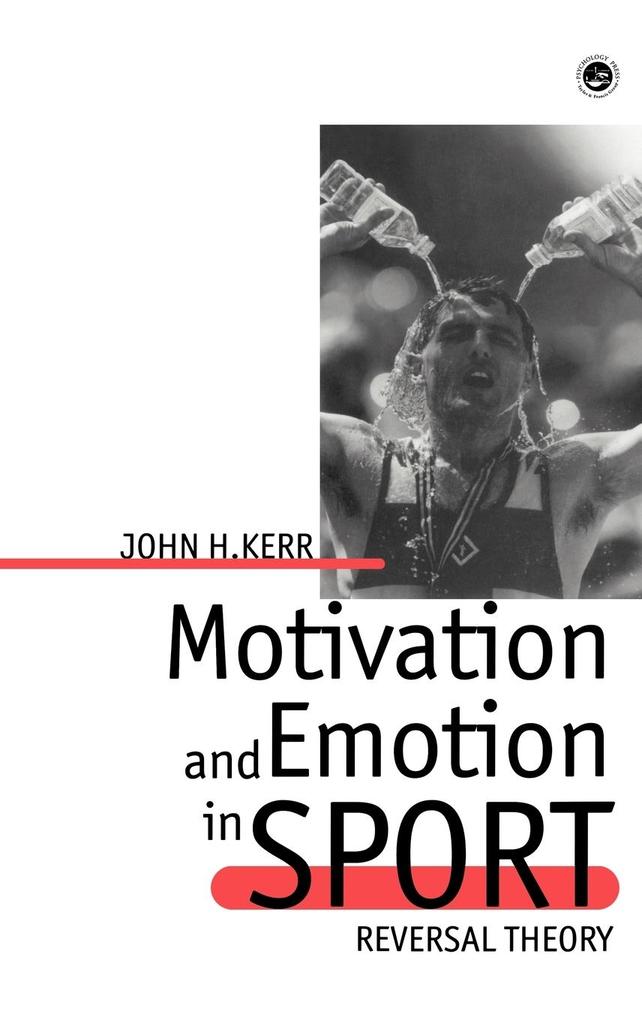
Zustellung: Di, 12.08. - Fr, 15.08.
Versand in 7 Tagen
VersandkostenfreiBestellen & in Filiale abholen:
Why did Michael Jordan quit basketball and take up baseball? Why was Martina Navratilova so successful as a professional tennis player? These and many other questions about aspects of motivation and emotion in sport are addressed in this book which is newly available in paperback. Reversal theory's systematic conceptual framework allows a unique perspective for interpreting behaviour in sport contexts. Within each chapter, real-life examples are combined with research findings to provide an understanding of the emotional background and changes which accompany the individual's unique experience in sport. In addition, suggestions as to alications of reversal theory in new areas of sport psychology and the future direction of reversal theory-based sport research are outlined. For those interested in a truly insightful understanding of human behaviour in sport, this book will be required reading.
Inhaltsverzeichnis
Chapter 1 Introduction; Chapter 2 Key Elements in Reversal Theory; Chapter 3 Into Sport: Aspects of Part Icipation and Preference; Chapter 4 Skating on Thin Ice: The Special Attraction of Dangerous Sports; Chapter 5 We are the Champions!: Winning and Losing in Sport; Chapter 6 Up for the Match? Experiencing Arousal and Emotion in Sport; Chapter 7 Get Your Retaliation in First: Aggression and Violence in Team Contact Sports; Chapter 8 The Feel Good Factor: Sport, Exercise, and Psychological Well-being; Chapter 9 Over the Top?: Stress in Competitive Sports; Chapter 10 Rethinking the Script: Future Directions in Reversal Theory Sports Research and Practice; APPENDIX C; APPENDIX D; TELIC DOMINANCE SCALE (TDS), S.Murgatroyd, C.Rushton, M.J.Apter, C.Ray; APPENDIX E NEGATIVISM DOMINANCE SCALE (NDS); APPENDIX F TELIC STATE MEASURE; APPENDIX G TENSION AND EFFORT STRESS INVENTORY (TESI)-STATE VERSIONIndex; Subject Index;
Produktdetails
Erscheinungsdatum
11. November 2004
Sprache
englisch
Untertitel
Sprache: Englisch.
Seitenanzahl
240
Autor/Autorin
John H Kerr
Verlag/Hersteller
Produktart
gebunden
Gewicht
529 g
Größe (L/B/H)
240/161/18 mm
ISBN
9780748404742
Entdecken Sie mehr
Bewertungen
0 Bewertungen
Es wurden noch keine Bewertungen abgegeben. Schreiben Sie die erste Bewertung zu "Motivation And Emotion In Spor" und helfen Sie damit anderen bei der Kaufentscheidung.










